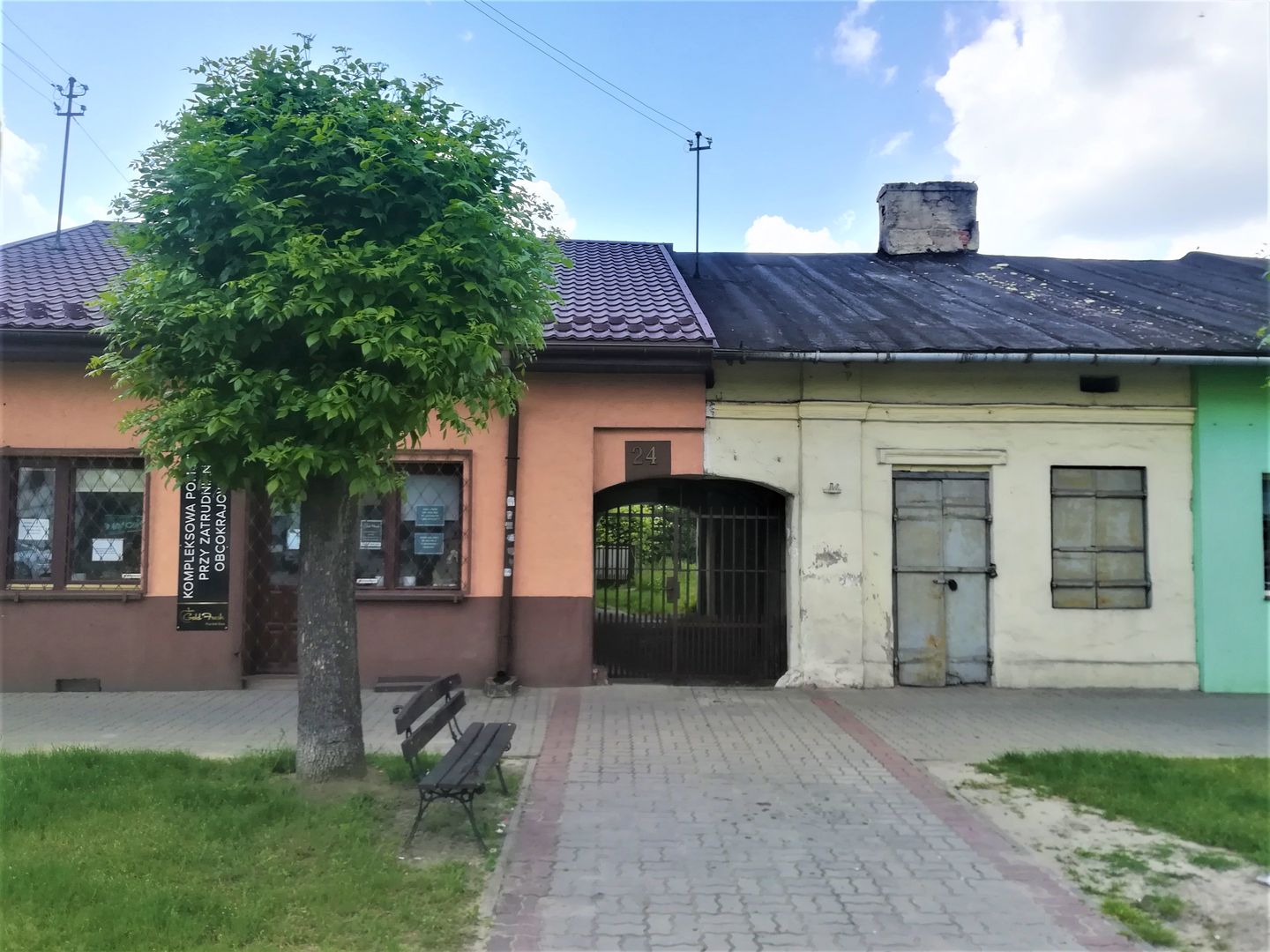White Rawska
6.19

Overview
Biała Rawska is a town located in the Łódź Voivodeship, in the Rawa County, situated on the Rawska Upland on the Białka River. The town boasts a rich history dating back to the Middle Ages, with its municipal charter granted around 1472. Biała Rawska was once an important trade center but began to decline in the 17th century, especially after the destruction caused by the Swedish Deluge. In the 18th century, the town became a center of Jewish settlement, which contributed to its further development. Biała Rawska is home to numerous historical monuments, including a palace complex with a park, the centerpiece of which is the "Napoleon's Oak" – one of the largest trees of its kind in Poland. The parish church of St. Adalbert, dating back to around 1518, is a renowned architectural landmark. The town, affected by World War II, lost its Jewish community, and the ghetto established by the Germans was liquidated in 1942. Today, Biała Rawska serves as a local center of culture and trade, with well-developed infrastructure, including schools, health centers, and a public library. Nearby, there is also a station of the historic Narrow-Gauge Railway, which is a tourist attraction. Despite numerous historical challenges, the town still retains its unique character and history, attracting tourists and residents to enjoy its cultural and natural resources.
Location
2025 Wizytor | All Rights Reserved